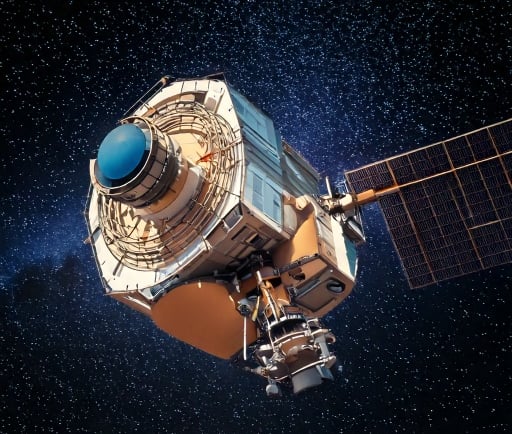NASA's Interstellar Mapping and Acceleration Probe: A Deep Dive into the Heliopause


Introduction to the Interstellar Mapping and Acceleration Probe
NASA's Interstellar Mapping and Acceleration Probe (IMAP) is an ambitious mission aimed at exploring the heliosphere, the vast bubble-like region of space dominated by the solar wind. Launched from NASA's Marshall Space Flight Center, this groundbreaking probe is set to take its position at the Earth-Sun Lagrange Point 1, a unique vantage point approximately 1.5 million kilometers from Earth. From this location, IMAP will gain invaluable insights into the interactions between our solar system and the interstellar medium.
Significance of the Heliopause Study
The heliopause marks the boundary where the solar wind from the Sun meets the interstellar medium, establishing a vital frontier for understanding the cosmic environment. Studying this boundary is crucial as it influences the cosmic ray influx and helps shape nearby space phenomena. IMAP's mission will involve collecting data that enhances our understanding of particle acceleration within the heliosphere, delving into questions about how solar activity affects the heliosphere and what implications this has for space weather affecting Earth.
Simulating Space Conditions at Lagrange Point 1
By simulating the conditions of outer space at Lagrange Point 1, IMAP is poised to provide a wealth of information regarding the behaviors of charged particles and their interactions within the heliosphere. This location serves as an ideal spot for scientific observation due to its stability, making it the perfect place for studying galactic cosmic rays and solar energetic particles. The data gathered by IMAP will not only advance our understanding of astrophysics but will also aid in the development of strategies to protect astronauts during future deep-space missions.
As IMAP embarks on its journey, it represents NASA's ongoing commitment to furthering our knowledge of the universe. This mission promises to unlock the mysteries of our solar atmosphere, providing critical insights that will shape the future of space exploration. The findings from IMAP will contribute significantly to our understanding of solar-terrestrial interactions and the overall structure of the galaxy, forging a path for new discoveries about our place in the cosmos.
